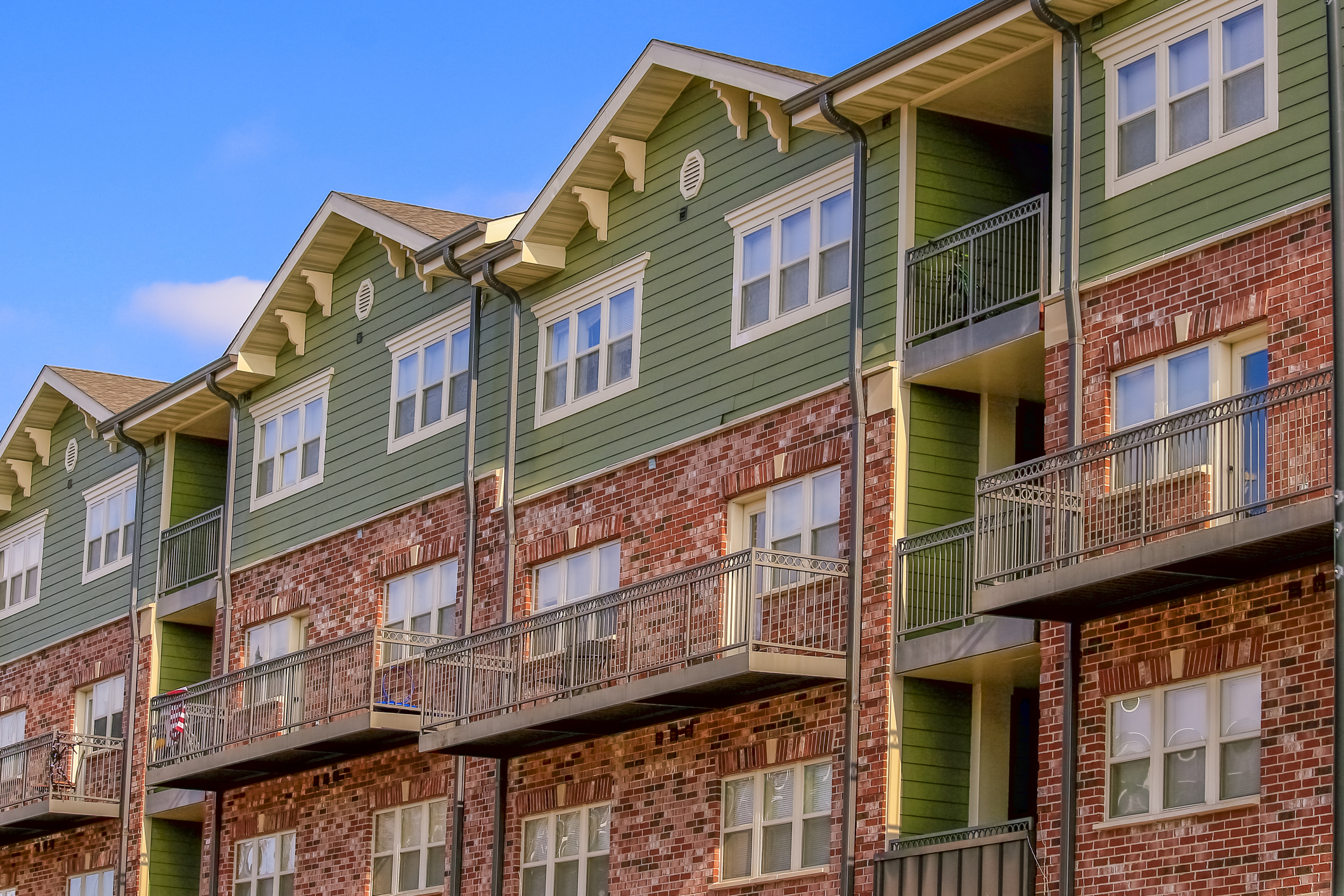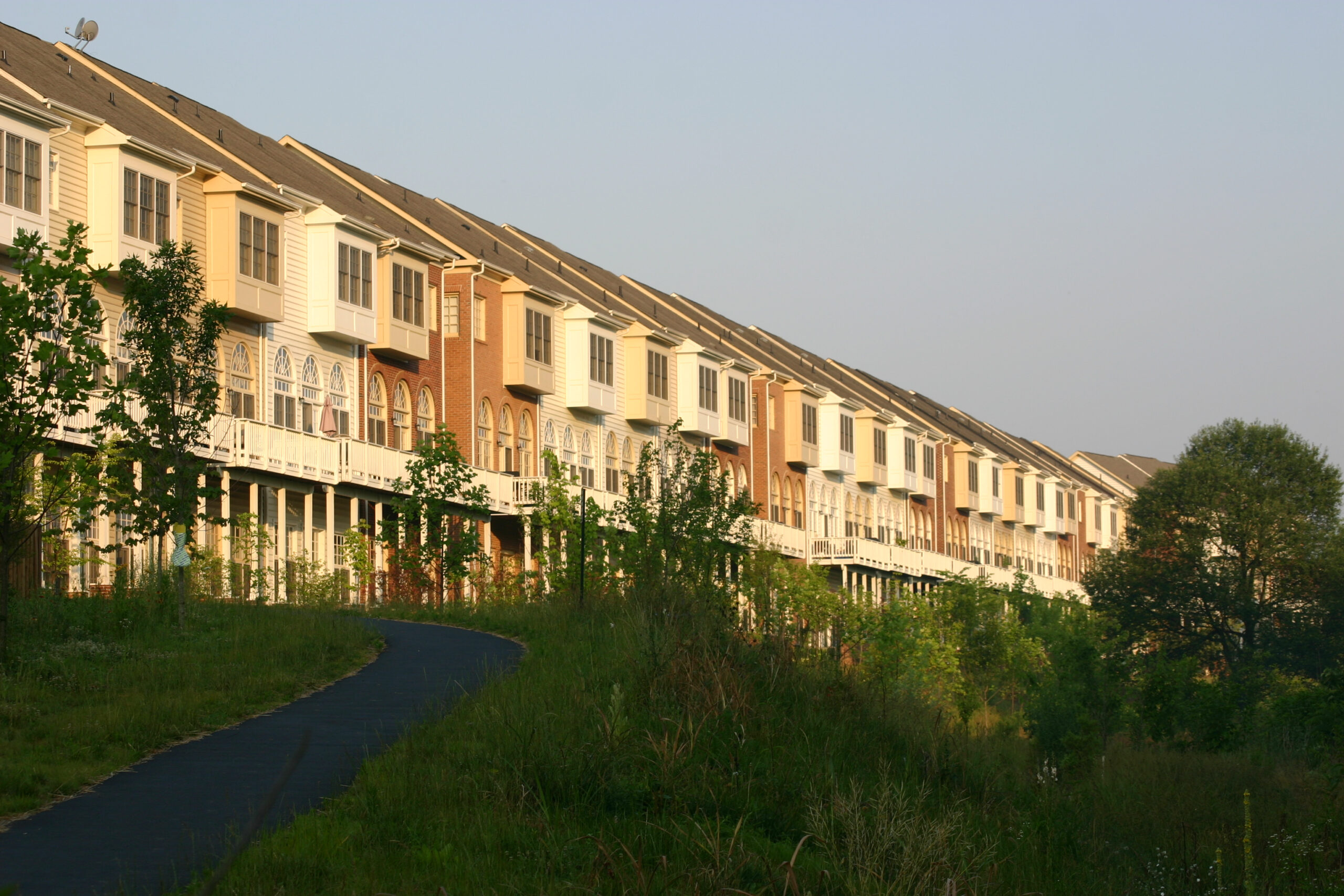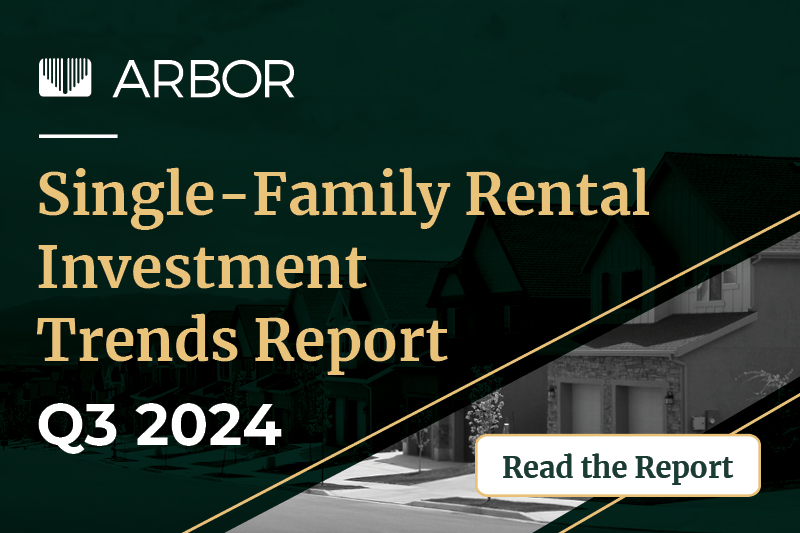Arbor’s Small Multifamily Investment Trends Report Q1 2025, developed in partnership with Chandan Economics, examines a key commercial real estate sector that consistently shows stability amid ongoing economic volatility. Small multifamily continues to show positive trends in key indicators, such as asset valuations, originations volume, and construction, signaling that the sector should continue to overpower headwinds as it builds on its ongoing momentum.
Top Markets for Wage Growth in 2024

One of the most essential factors multifamily investors need to consider before executing a transaction is the health of the local labor market. Wage growth and other trends are driven by a delicate, constantly adjusting balance of labor supply and demand. In some markets, an inflow of employers can cause wages to spike. In others, population outflows can create the same effect. In this deep dive, we expand on the data findings from the 2024 Top Markets for Multifamily Investment Report, exploring the unique conditions driving metro wage growth trends.

Top Markets for Multifamily Investment Report 2024

With interest rate pressure easing, quality multifamily investment opportunities have emerged from coast to coast, making identifying the optimal location essential. A roadmap for investors, Top Markets for Multifamily Investment Report 2024, developed in partnership with Chandan Economics, ranks the top 50 metropolitan markets found through an analysis of 10 key factors, including affordability, population growth, and climate risk.

The Value of a Top Freddie Mac Small Balance Loans Lender

Small multifamily properties play a crucial role in providing affordable and market-rate rental housing across the country. But Arbor and Freddie Mac understood that financing in this sector had historically been fragmented when we partnered to create the Small Balance Loan (SBL) program in 2014. As the program celebrates its 10th anniversary in 2024, Arbor is proud to have helped pioneer the product to meet a critical need for our borrowers. A six-time Top Small Balance Loans Lender, Arbor has the right experience to expertly customize loan products and align your asset’s long-term goals with your community’s needs.

Single-Family Rental Investment Snapshot — October 2024

As we move through the second half of the year, SFR’s structural strengths give it a solid foundation to grow as economic conditions continue normalizing.

Top 10 Markets for Undergraduate Apartment Renters

For undergraduate students nationwide, apartments fill the gap in campus housing. Off-campus housing offers a better value proposition in many markets, giving students more space at a competitive price. In other markets, students pursue apartments due to insufficient dormitory space. As colleges and universities acquire and build to keep pace with enrollment, the supply-demand imbalance has created new opportunities for multifamily real estate investment.

Not Waiting for Normal

Even with the market in flux, opportunities continue emerging for well-positioned investors. Historically, some of the best multifamily deals were closed in down cycles or during the upswing to normalcy. Arbor’s Special Report Fall 2024 details why the current economic climate is ripe for investment.

How the Changing Labor Market Could Impact Multifamily

Following strong post-pandemic gains, the U.S. labor market has cooled over the past few months, placing multifamily investors in a position to realize the benefits of less restrictive monetary policy.

Small Multifamily Investment Snapshot — September 2024

Small multifamily continued to moderate through the midpoint of 2024, amid strong demand despite an elevated interest rate environment and rising property-level yields.

Single-Family Rental Investment Trends Report Q3 2024

The single-family rental (SFR) sector’s performance surged again last quarter, demonstrating its ability to thrive in all economic cycles. SFR construction continued its record-breaking ascent as CMBS activity blossomed. Arbor’s Single-Family Rental Investment Trends Report Q3 2024, developed in partnership with Chandan Economics, examines the sector’s fundamentals as would-be homeowners weigh the rent-vs-buy calculation.

Could Build-to-Rent Be a Solution to Housing’s ‘Missing Middle’ Problem?

Did you know that at the same time many renters navigate a housing market with limited affordable options, new apartment development continues to be held back by World War II-era zoning restrictions? In many localities, regulations introduced in the mid-1940s have choked the multifamily pipeline for decades, creating a “missing middle” that leaves low-income renters in a lurch.


